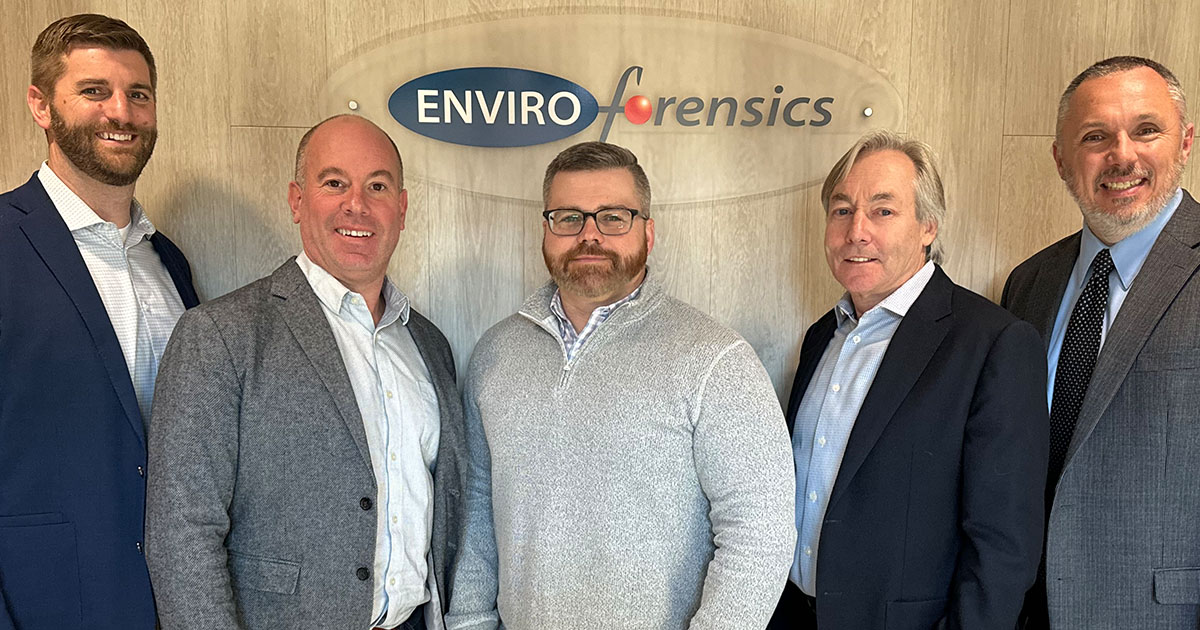Written by Darci Cummings, L.P.G., Project Manager, EnviroForensics
Revisions to the standard by which Phase I Environmental Site Assessments (ESAs) are performed are currently in review by the U.S. EPA with some significant proposed modifications that are expected to have a considerable impact on the environmental due diligence process as we know it. In 2005, we saw a major revamping of the Phase I ESA process in response to the 2002 enactment of the Small Business Liability Relief and Brownfields Revitalization Act. Under this law, the US EPA was charged with establishing by rule the “generally accepted good commercial and customary standards and practices” that had to be followed by a party seeking immunity to CERCLA liability. The EPA responded by establishing the All Appropriate Inquiry (AAI) rule, which went into effect on November 1, 2006. Prior to establishment of the rule, Phase I ESAs were generally performed to the American Society for Testing and Materials (ASTM) E 1527 Standard Practice for Environmental Site Assessments: Phase I Environmental Site Assessment Process. To meet the requirements of the EPA’s AAI rule, ASTM rolled out E 1527-05. The varied interpretations of portions of the rule have sparked debate amongst Environmental Professionals (EPs) and other interested stakeholders over the past 7 years. These debates have ranged from determining what really constitutes a Recognized Environmental Condition (REC), to whether or not soil vapor should be considered as a potential source of impact, to when EPs are required to do a file review. The ASTM E 1527 standard is currently undergoing revisions that will serve to clarify the process and comply more closely with the AAI rule as it was intended. The revised standard, to be known as ASTM E 1527-13, is currently under review by the EPA and is expected to be finalized within the first half of 2013, when it will officially replace E 1527-05.
The key proposed revisions to the standard include: 1) redefining Recognized Environmental Conditions (RECs); 2) assessing vapor migration as a potentially affected media; 3) clarifying the requirements and expectations of a regulatory file review; and 4) updating User responsibilities. Some of the proposed revisions are intended to clarify existing components of the standard, while other changes serve to identify new components of the standard. The proposed change to the identification of RECs involves the simplification of the definition of a REC, revising the definition of Historic RECs (HRECs), and creating a new definition for Controlled RECs (CRECs). The redefined HREC will specify that the EP must determine if past releases addressed to the satisfaction of a regulatory agency are RECs at the time of the Phase I due to changes in regulatory criteria. The proposed CREC will provide a category for RECs that have been addressed to regulatory satisfaction with impacts left in place subject to the implementation of required controls, such as a deed restriction or engineering control.
Arguably the most significant revision, the inclusion of vapor migration screening will likely have the greatest impact on how surrounding properties are scrutinized in their potential for impact to the subject property. ASTM established standard E 2600-10 Standard Guide for Vapor Encroachment Screening on Property Involved in Real Estate Transactions as a tool for determining which surrounding properties may be impacting the vapor media on subject properties. This standard is proposed to be the referenced document for addressing vapor issues in Phase I ESAs as part of the E 1527-13 process. Properties up to 1/3 mile in key directions from the subject property may be identified as potential sources of vapor concerns. Although the EP may use discretion in the implementation of the screening process, many more properties with identified releases or egregious uses may be subjected to investigation during the due diligence process.
These, and all of the other unmentioned proposed revisions, will likely mean additional efforts on the part of the EP to complete the Phase I, increased obligations on the part of the prospective purchaser to investigate potential sources of impacts, and increased overall costs and timeframes for completing Phase I ESAs. Contact EnviroForensics for additional details on the pending revisions to the Phase I standard and how these revisions may affect your interest in future commercial real estate transactions.



